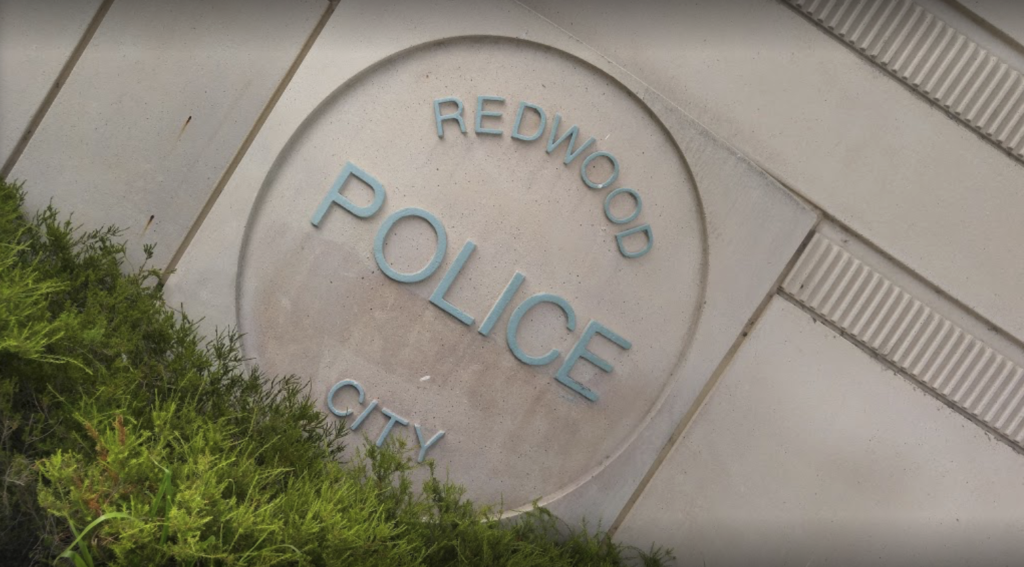
Pamela Cruz. Pen sula 360 Press [P360P].
The Redwood City Police Department will begin the limited implementation of body-worn use by its officers starting in May, with the goal of documenting on video the procedures and actions carried out by the police force, as well as to improve its practices in interacting with citizens.
This was reported by the head of the Redwood City Police Department, Dan Mulholland, who specified that it will not be until June when the use of body armor will be fully deployed to all of his officers.
And, he said, while the city was fortunate to receive federal grant funding for a portion of the total cost of the bodywork,
